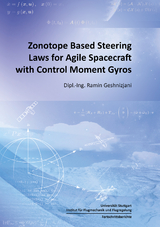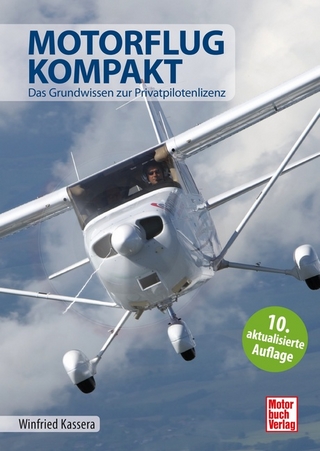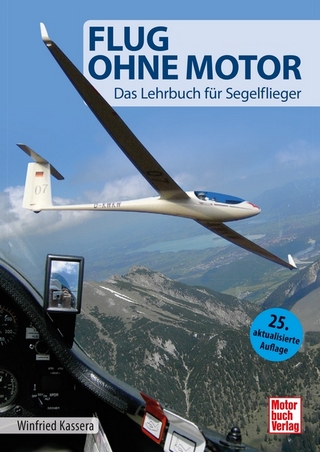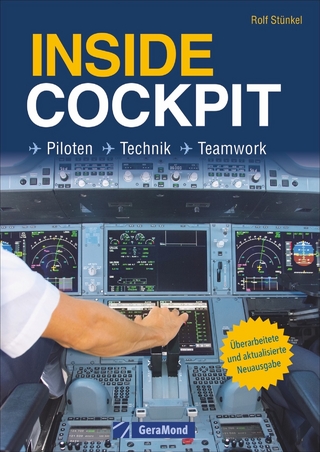Zonotope Based Steering Laws for Agile Spacecraft with Control Moment Gyros
Seiten
Earth observation satellites have to fulfill continuously increasing agility requirements, which will make control moment gyros (CMGs) the actuators of choice for current and future missions. Due to the gyric nature of their torques and the constant rotation of individual angular momenta, CMGs pose a significant challenge to commanding algorithms, especially if actuator constraints are taken into account. Established solutions of this challenge are based on overly conservative designs, increasing both the weight and cost of a mission or significantly reducing the achievable performance in terms of agility.
The topic of this dissertation is the development of more efficient commanding algorithms for CMG arrays with minimal redundancy, i.e., using four CMGs for three-axis attitude control. The underlying concept of the contributions presented in this thesis is a systematic use of the available one-dimensional null space with respect to the characteristics of agile Earth observation missions. Specifically, several improvements of existing steering approaches and newly developed steering logics are presented, all based on the fact that a CMG array’s torque capacity under gimbal rate constraints can be described geometrically as a zonotope.
With the methods developed in this work, it is possible to use the torque capacity of CMG arrays more efficiently, i.e., to perform given maneuvers with smaller and therefore lighter actuators or, alternatively, perform more agile maneuvers with a given design.
The topic of this dissertation is the development of more efficient commanding algorithms for CMG arrays with minimal redundancy, i.e., using four CMGs for three-axis attitude control. The underlying concept of the contributions presented in this thesis is a systematic use of the available one-dimensional null space with respect to the characteristics of agile Earth observation missions. Specifically, several improvements of existing steering approaches and newly developed steering logics are presented, all based on the fact that a CMG array’s torque capacity under gimbal rate constraints can be described geometrically as a zonotope.
With the methods developed in this work, it is possible to use the torque capacity of CMG arrays more efficiently, i.e., to perform given maneuvers with smaller and therefore lighter actuators or, alternatively, perform more agile maneuvers with a given design.
| Erscheinungsdatum | 28.01.2022 |
|---|---|
| Reihe/Serie | Fortschrittsberichte des Instituts für Flugmechanik und Flugregelung ; 13 |
| Verlagsort | Düren |
| Sprache | englisch |
| Maße | 170 x 240 mm |
| Gewicht | 185 g |
| Themenwelt | Natur / Technik ► Fahrzeuge / Flugzeuge / Schiffe ► Luftfahrt / Raumfahrt |
| Naturwissenschaften ► Physik / Astronomie ► Mechanik | |
| Technik | |
| Schlagworte | Agile Spacecraft • Control Moment Gyros • Earth observation • spacecraft attitude control |
| ISBN-10 | 3-8440-8404-5 / 3844084045 |
| ISBN-13 | 978-3-8440-8404-7 / 9783844084047 |
| Zustand | Neuware |
| Haben Sie eine Frage zum Produkt? |
Mehr entdecken
aus dem Bereich
aus dem Bereich
das Grundwissen zur Privatpilotenlizenz
Buch | Hardcover (2024)
Motorbuch Verlag
39,90 €




